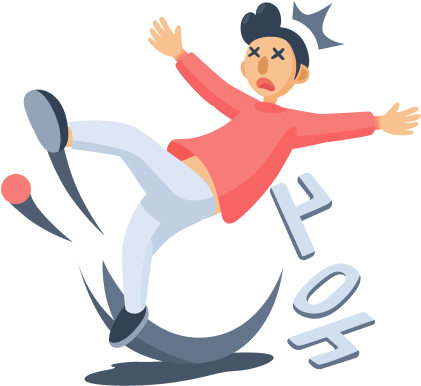404 Page Not found


We're sorry, but we cannot find that page.
375 N. Stephanie St.
Suite 1411
Henderson, NV 89014
United States
Suite 1411
Henderson, NV 89014
United States
Copyright © 2025 Rhythm Juice
___MESSAGE___
___MESSAGE___